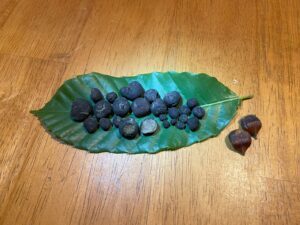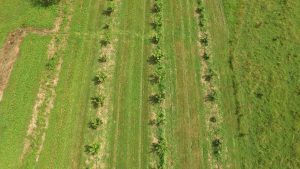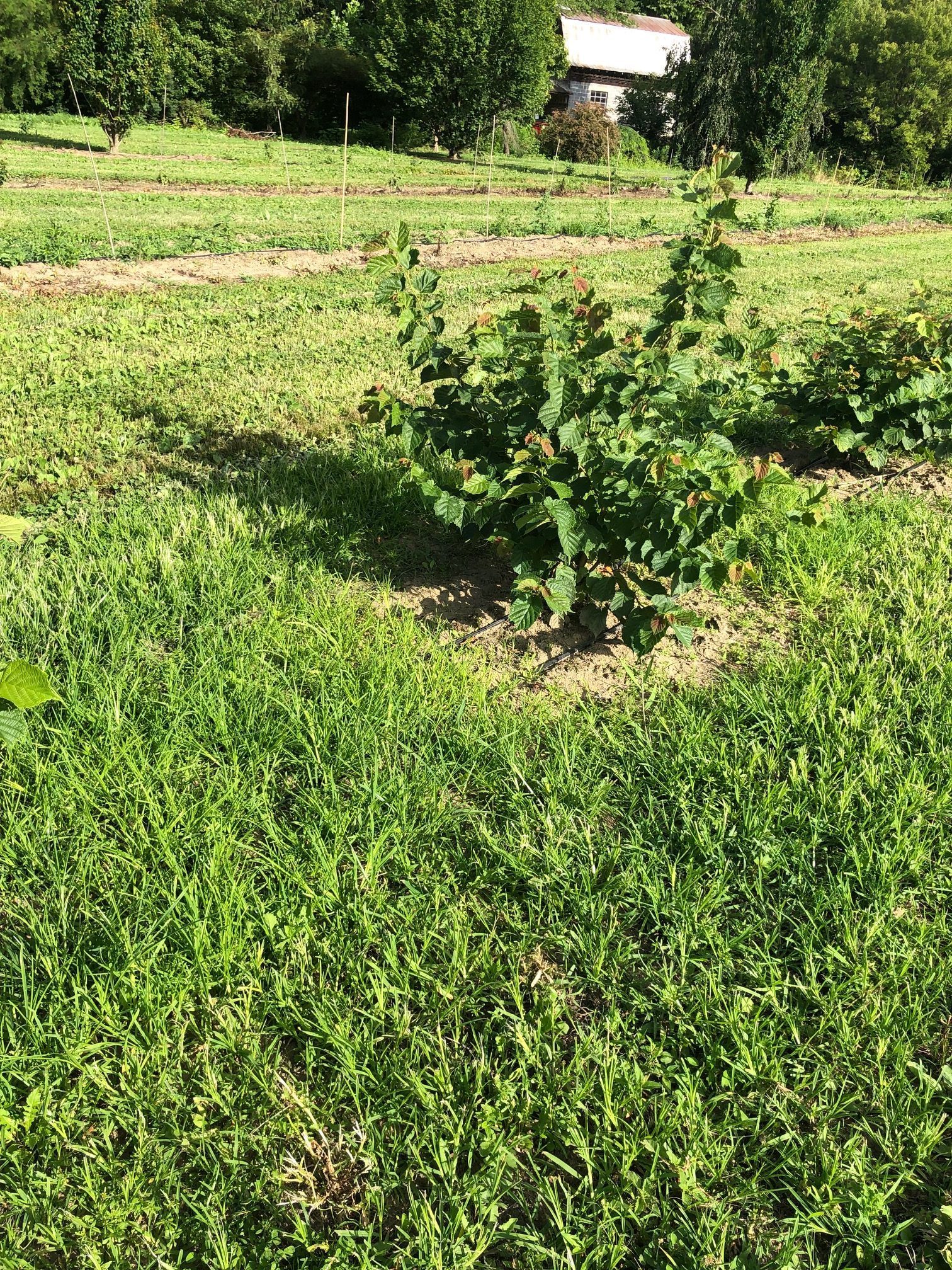Cold Hardiness: The Issue
Recently, during several client orchard visits, the topic of cold hardiness of truffle host trees has come up. We talked about cold winter weather, the adaptability of various host trees to the cold, and how we might better manage our orchards
with this in mind. While cold temps can and will adversely affect truffles, this discussion relates to the host trees on which truffles depend.
What is Cold Hardiness?
First of all, we must understand that cold hardiness is not only an aspect of temperature. It is a moving target. There are many other variables, some of which may be subtle and go unnoticed. When does in get cold during the cyclical year? What happens before the cold arrives? Are temperatures higher than normal? Colder than normal? Has it been unusually dry or wet? How long is it cold, and what is the condition of the tree leading up to and during these extremes?
Cold damage can occur much earlier than we might expect. If the fall months
are warm and sufficient water is available; some woody plants may not harden off, shut down, and enter dormancy. If a sudden cold spell follows this warm, wet trend; seemingly innocuous temperatures can damage the plant. I have seen significant damage to plants from 15-20 degrees in November, when -5 in January would cause no damage.
Ironically, some plants suffer in the southern states from cold damage, while being perfectly cold hardy in the northern states. Consistent cold or snow cover keeps plants dormant, while warmer areas are often prone to dramatic temperature fluctuations. These fluctuations bring some plants out of dormancy prematurely, and then subsequent cold can wreak havoc on the unsuspecting tree or shrub.
For the most part, evolution has sorted out the optimum temperature range for woody plant species. When humans start moving plants around, then issues may present themselves. Many species with extended ranges will show varying degrees of providence. For example, Cornus florida, our native flowering dogwood extends from northern Florida to Massachusetts and west into Ontario. However, Dogwood seed collected from Florida in its southernmost range will not be reliably cold hardy in the northern range of the species.
What can we do to combat the issue of cold damage?
Ideally, host trees chosen for truffle orchards will be well chosen to resist temperature extremes. The species should be adapted for the area in question. The best management strategy is proactive. Mitigation of extremes in an orchard can be difficult. Reduced irrigation in late summer and early fall will encourage dormancy. No fertilizer, especially nitrogen, should be active as sub-freezing temperatures approach. Any pruning should be done 6-8 weeks or longer before the first anticipated frost. If possible, trees should be well hydrated prior to cold extremes.
Some products on the market can reduce damage from cold. For example, anti-desiccants such as VaporGard can coat broadleaf evergreen foliage, and give them some added protection and resistance to cold. However, this requires labor and equipment, and may not be practical for larger trees and/or orchards.
At the end of the winter season, avoid encouraging plants to start early with added irrigation and fertilizer. Late freezes can damage plants as well. If the tree is actively growing, and extreme cold hits, damage, and occasionally plant death can occur. It is best to allow them to awaken on their own terms.
We cannot control Mother Nature, but with a little research and planning, we can
reduce the risks.
Thanks for reading,
Brian Upchurch, Carolina Truffiéres LLC





